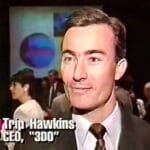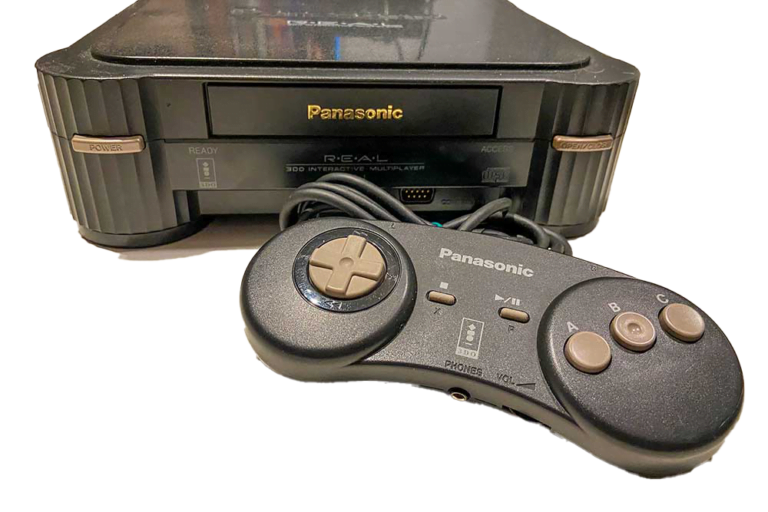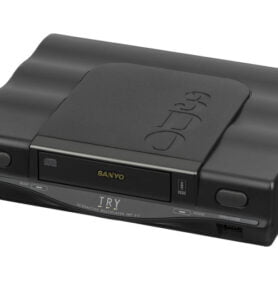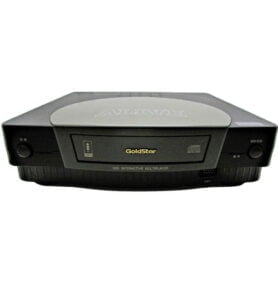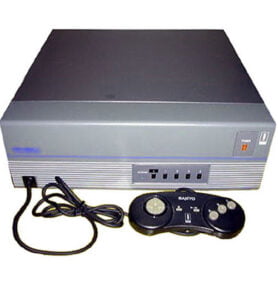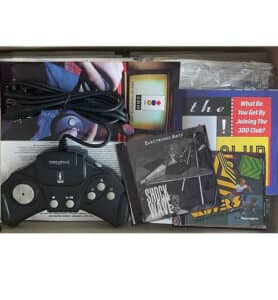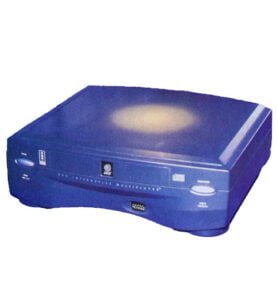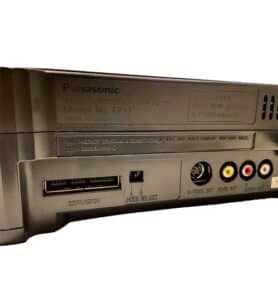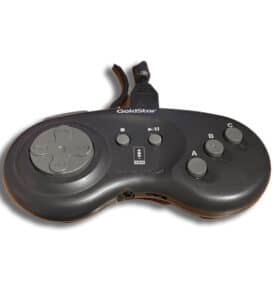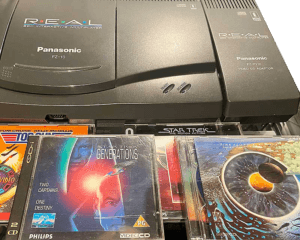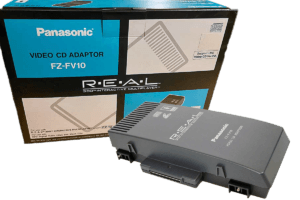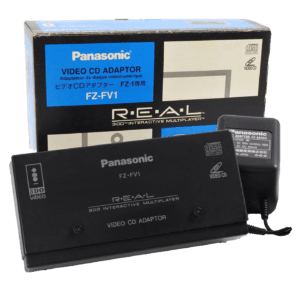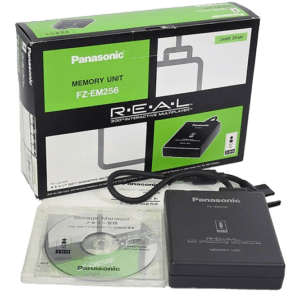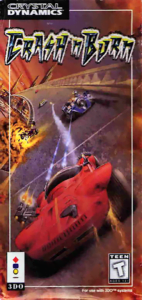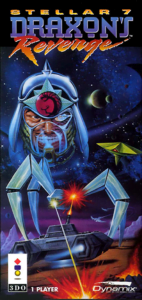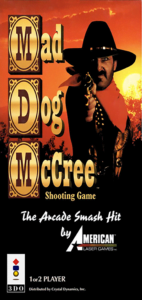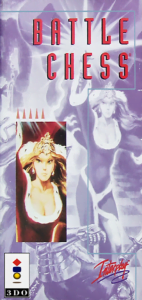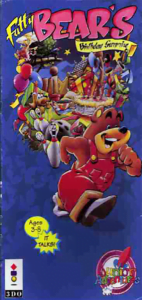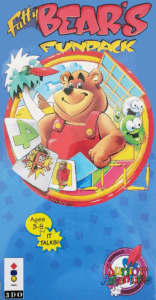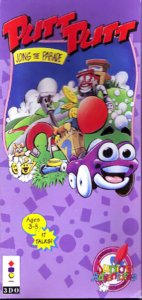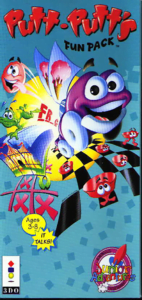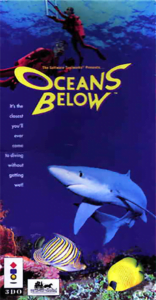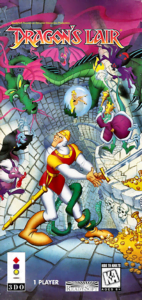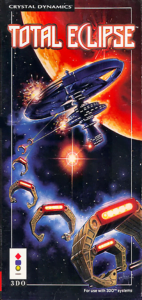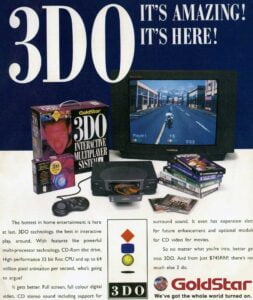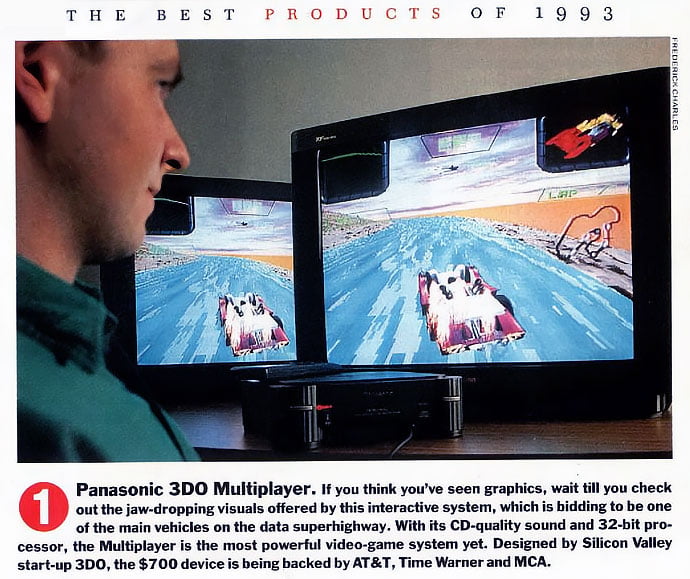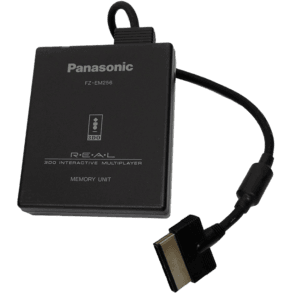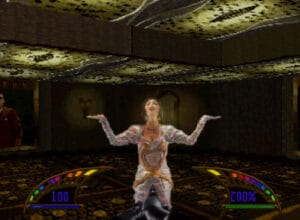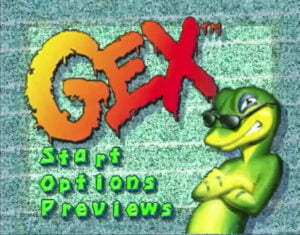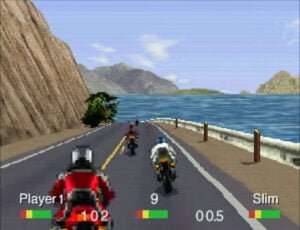History of the 3DO Multiplayer
Featured 3DO Reviews
The start of the 32 BIT 3DO revolution
In 1993, the Panasonic 3DO FZ-1 launched at the eye watering price of $699 (soon after reduced to $399). It was competing with established 16 BIT cartridge consoles like Megadrive and SNES and the newly launched slow speed CD systems like the short-lived Amiga CDTV and CD32, Sega Mega CD and Philips CDi. The Turbo Grafx 16 CD based console also existed but failed to get a foothold in Europe/USA despite being popular in Japan.
The cartridge based Atari Jaguar also took a shot at wearing the next generation crown when it was released in Nov 1993. Even though this was advertised as a 64-Bit machine, the quality of games was disappointing apart from a few gems like Tempest 2000/AvP.
The dominant home gaming Kings were Nintendo and Sega, and they abused their dominance by demanding expensive licensing and cartridge fees, overall approval and operated strict censorship rules. The Mega Drive and SNES also offered developers limited processing power, limited storage and a low-resolution palette – but the 3DO was about to challenge all these shortcomings.
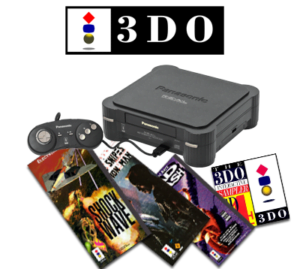
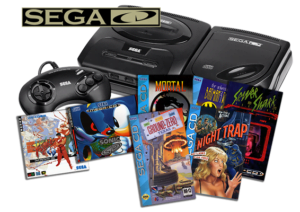

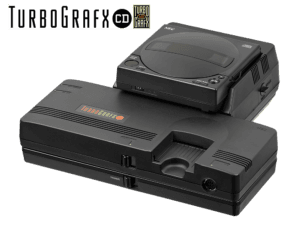
Trip Hawkins: entrepreneur and visionary
The idea for 3DO came from Harvard educated Trip Hawkins, who was a technology visionary after successful careers at Apple Computers working for Steve Jobs and subsequently as the founder of Electronic Arts from 1982.
His tech team at Electronic Arts were skilled enough to reversed engineer the MegaDrive enabling him to negotiate a very favourable royalty deal with Sega. He went on to develop a popular roster of sports games for PC, Amiga and the Megadrive, like the lucrative John Madden series.
He imagined 3DO as a way of driving market growth in the existing strangle hold of the Sega/Nintendo dominated industry by providing more freedom for developers. He wanted 3DO to be a new multimedia standard similar to VHS. This standard would be based around a 32-bit microprocessor with a licensing model built along the same lines as Dolby Sound.
He also hoped that given time, hardware manufacturers would start to drive down the price of 3DO enabled players through natural competition – much like what happened with the multitude of VHS player manufacturers.
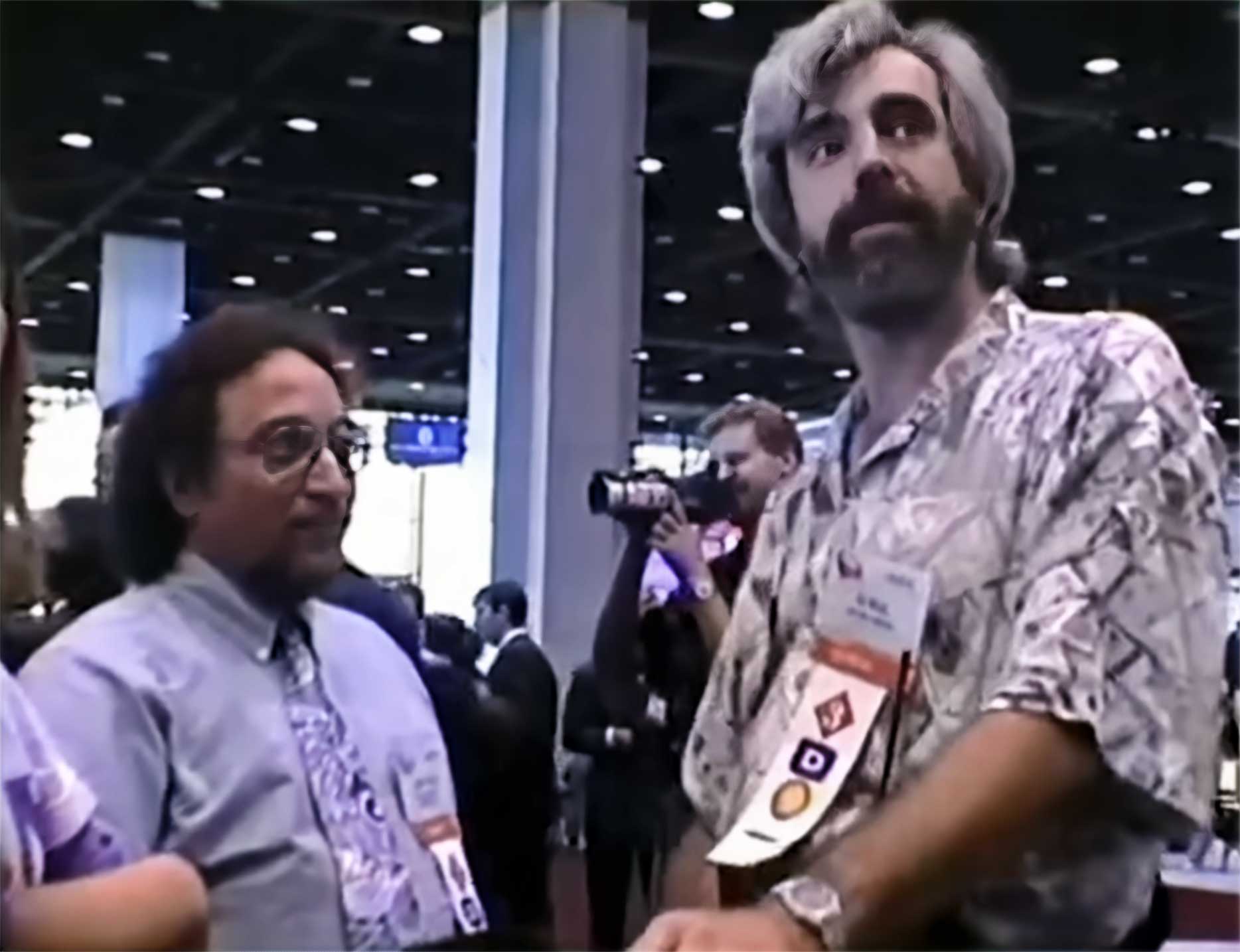
Finding the right partners
His dream of a new multimedia standard was realised when he was approached in 1990 by RJ Mical (software developer), David Needle (hardware) and Dave Morse (business manager) who worked at the recently formed New Technologies Group.
Atari Lynx
RJ Mical had previously worked at Amiga where he built up a good rapport with hardware wizard David Needle and together, they had already designed the Amiga 1000 and then left Amiga to develop the worlds first handheld colour video game system. Originally developed for Epyx and subsequently sold to Atari in 1989– this was to become the Atari Lynx. Unfortunately Atari didn’t manage to challenge the market domination of the Game Boy, which was cheaper and already well established.
Birth of Opera
These 2 gaming visionaries were annoyed with Atari’s lack of promotion of the Lynx and once again sat down together and sketched out (literally on a napkin) the concept and workings of a future new powerful game system they called Opera. Initially they approached Sega. Sega turned them down but luckily a new investor stepped into the ring – Trip Hawkins, who was introduced to the 2 by Dave Morse .
The 3DO standard is born
Trip evolved the New Technology Group into the 3DO Company and his take on the idea was to license this new technology to other manufacturers and get paid through license agreements for hardware.
Low royalty fees
Trip Hawkins saw 3DO as a new interactive multimedia standard based on a set of cutting edge computer specs for hardware and software. He licensed the hardware/software spec to established manufacturing companies, claiming a royalty for each hardware unit sold and approx. $3 for each game sold. This was much less than the $9-$12 in fees leveed by Sega and Nintendo. Also games would be created on cheap to manufacture CDs that can be created for pennies instead of the $20 or more costs for game cartridges. The 3DO company would also not interfere with artistic control over game content in the same way Nintendo did.
In hindsight this relaxing of artistic control and lower license fees led to the launch of some soft porn FMV titles and poorly developed and embarrassingly bad games like those created by Vivid Interactive as well as the likes of Plumbers don’t wear Ties, Mazer, Virtuoso and Shadow War of Succession. These lazy lame shovelware games badly damaged the 3DO reputation.

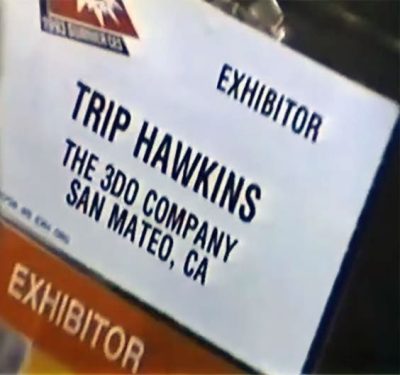
From concept to hardware
3DO’s potential for improved 3D game graphics and new levels of interactivity attracted games publishers and excited investors and initially boosted the share price to $47 in October 1993.
Various manufacturers signed up to build 3DO hardware units – primarily these were (Matsushita) Panasonic with the REAL (Realistic Entertainment Active Learning!) FZ-1 and later their smaller FZ-10 with a cheaper CD lid system. Then there was the Goldstar GPA 101M using a different styled joypad and the now very rare, Goldstar Alive model. Lastly there was Sanyo’s elegant Japanese exclusive IMP-21J 3DO TRY. AT+T were supposed to be on board to make a console and modem that never surfaced (although a protype appeared at CES 1994). Samsung also signed up to build a console with built in MPEG decoder but decided to wait and see before committing to launch anything.
Later on Panasonic also built a 5 disc hotel unit capable of playing VCDs and games, called ROBO. About 500 units were sold to a chain of Japanese Love Hotels (Vivid Interactive had begun releasing pornographic content on VCD – so you get where this was going).
There was also a license with Creative Labs of Singapore who built a very limited run of £350 3DO blaster ISA boards for Win 3.1 PC, requiring the user to have a SoundBlaster Pro card and a CR-563 CD-ROM installed.
Initially Trip had also tried to broker a deal with Sony to join as a manufacturing partner but ultimately Sony had already started R+D on its in-house new assault on the video game world with the PlayStation … and unfortunately for the 3DO, the PlayStation would ultimately destroy its market share.
Hardware overview
The 3DO is a region free machine which plays games in full screen on US/Japanese consoles at 60HZ and letterboxed on PAL unless natively developed to suit 50HZ PAL.
The 3DO could play CD+G and Kodak Photo CDs, as well as music CDs with a built in visual light show.
A handful of Japanese games won’t play on UK and USA systems due to a requirement for a special kanji font which didn’t exist in those models unless provided directly on the game disc.
The 3DO hardware was pretty impressive for the time, with an ARM 60 32bit RISC CPU running at 12.5Mhz and graphics being powered by twin 32bit animation engines that could natively apply scaling, rotation, warping and texture mapping to cels. It supported true colour from a palette of 16.7 Million, had internal memory of 3MB and a resolution of 640×480 interpolated. Sound was generated from a 16bit DSP which output stereo PCM at 44.1 Khz.
Innovative Joypad
The machine had only one external joypad port but multiple pads could be daisy chained from connections on the back of each pad. Original joypads also supported stereo headphone input with volume control. The original joypads were to become notorious for not fully recognising diagonal movement (fixed by loosening the screws on the back). Later versions of the joypad fixed the issue and the Goldstar controller was a much better ergonomic variant. Later came the Soldier joypad from CAPCOM to help SF2 Turbo players, this was also better but a somewhat unusual design.
Rear AV outputs
Rear outputs consisted of the standard red, white and yellow RF out composite and a superior S-Video connector. S-Video offers higher quality than composite because it has conductors to separate the black-and-white and color signals.
MPEG1 Video Adaptor
Even though the raw power of 3DO allowed very good FMV Cinepak/EZ Squeeze playback there was a costly digital MPEG Video card addon required to play the new short lived Video CD format that never saw a UK launch.
This MPEG movie adapter was initially delayed because the market for VCD was drying up with the advent of the DVD format. There were a few units released in Japan for the FZ-1 and a very limited run in USA and there were definitely some available in Europe for the FZ-10. (I have one for the FZ-10). As far as I’m concerned it’s a shame that the video adaptor wasn’t capable of offering users an improved version of any in-game FMV segments – but maybe I was expecting too much. I also have a Philips CDi and I would say VCD playback is marginally better on that unit compared to 3DO. Ultimately, it’s a quirky little add-on to own but you can still buy VCD’s on eBay for about £7-10 if you are tempted.
256k Memory Expansion card
There was also an expansion port for a TDK 256k memory card (a ridiculous expensive add-on currently) that allows you to add many more saved games than originally possible along with a comprehensive memory management program.
3DO included sampler disc
3DO technical specs
CPU : CPU is an ARM60. This RISC type micro processer has 32-bit address and 32-bit data path. MADAM supplies CPU with 12.5 MHz clock.
ROM : 1 MB ROM stores the system management program. The ROM is connected to Slow bus and its data is read by MADAM and MADAM arranges 8-bit data into 32-bit word and send it to CPU.
SRAM : 32 KB SRAM is connected to the Slow bus. Since the Lithium battery backs up SRAM while power is down, SRAM can retain data. It may be used to back up game data, for example.
DRAM/VRAM : DRAM and VRAM is used as main memory. VRAM is dual-port memory. This means one port is used as normal DRAM and the other one is used to read and write data simultaneously with the former port. Therefore, it is used as a Frame Buffer which is required for fast access.
MADAM : MADAM is the Address Engine. It includes OMA logic, CPU control logic, bus sharing logic and the Cel Engine. An oscillator provides MADAM with 50 MHz clock, and MADAM divides it by two, and it provides CLIO, CPU and CD-ROM interface with the 25 MHz clock.
CLIO : CLIO is the Data Engine. It includes pixel decoding logic, 16-bit Digital Signal Processer and the video interface logic. With the inbuilt crystal, CLIO oscillates 24.5454 MHz or 29.5 MHz clock and supplies MADAM with 24.54 MHz or 29.5 MHz and supplies the Digital Colour Encoder with 12.27 MHz or 14.75 MHz.
Digital Colour Encoder : CLIO supplies Digital Colour Encoder with RGB data and some control signals. And Digital Colour Encoder modifies them into NTSC or PAL signals. It outputs both composite signal and Y/C signal.
Resolution : 640×480 (interpolated), 320×240 (actual) 60 Hz for NTSC version, and 768×576 (interpolated), 384×288 (actual) 50 Hz for PAL version.
16-bit palettized colour (from 24-bit) or 24-bit TrueColor.
Audio DAC: 16-bit Audio DAC converts digital audio data from CLIO into analogue audio data. CLIO sends DAC data with serial communication manner.
3DO outputs 16-bit stereo with Stereo CDDA playback. It supplies 44.1 kHz sound and supports 4-Channel Dolby Surround sound. It uses a custom 20-bit digital signal processor (DSP) – 20-bit accumulator with 16-bit parameter registers for extended precision, embedded in the CLIO chip. There are 13 DMA channels of digital input, which are sampled and distorted by the DSP.
Service manuals
3DO Operating Instructions
USA launch stock shortages
I first saw a 3DO console at Earl courts at one of the Future Entertainment Shows in 1993. There was huge interest for the console as it was yet to be released in the UK, and visitors were allowed to play Crash N Burn which looked amazing for the time.
The US launch in October 4th 1993 was surprising for some who believed the hardware deadline could never be reached. However all was not well initially as few shops actually had much stock, there was no point of sale material, the price was ridiculously high (approx. £420) and there was a real lack of good games to play at launch (see launch games below).
The reason for the high price was due to last minute addition of an additional megabyte of memory and the fact that hardware manufacturers like Panasonic had to make a profit on the hardware (because they were not game publishers). Normally hardware was sold at a loss and money was made on the sale of games like Sega and Nintendo had previously done.
Crystal Dynamics Crash N Burn was bundled with the console but little else of any interest was available – which was surprising when Trip Hawkins had boasted about having 350 software licenses in the pipeline.
Its rumoured that the reason there weren’t enough new games at launch was because the hardware for 3DO was being modified and optimised right up to the last minute and this resulted in last minute edits for ready to launch games which subsequently led to delayed game production. This meant that instead of many good titles being available in 1993 the public had to wait until March 1994 to start seeing some of the top class titles like Road Rash and Madden. This lost the 3DO some valuable adoption time as there wasn’t much available at launch to tempt people to spend the high asking price.
Also it became clear that developing complex games that utilised the new power available was a costly and time-consuming exercise and 3DOs competitors were keen to pounce on the systems lack of games after so much hype.
When it came to the UK launch late 1994, I remember going into HMV in Watford after ringing and reserving one as soon as I could and picking up the PAL version for about £399.
Launch Games
Apart from Crash ‘n Burn, Escape from Monster Manor and Total Eclipse these titles are pretty weak and embarrassing and seem to be heading in the dreaded Edutainment direction initially adopted by Philips CDi. These were not what you could call cutting edge Next Gen 3D games. Thankfully the situation greatly improved in 1994.
- Crash N Burn – October 1993
- It’s A Bird’s Life – November 1993
- Stellar 7 – November 1993
- Mad Dog McCree – November 1993
- Battle Chess – November 1993
- Fatty Bear’s Birthday Surprise – November 1993
- Fatty Bear’s Fun Pack – November 1993
- Putt Putt Joins The Parade – November 1993
- Putt Putt Fun Pack – November 1993
- Oceans Below – November 1993
- Night Trap – December 1993
- Dragon’s Lair – December 1993
- Escape From Monster Manor – December 1993
- Lemmings – December 1993
- Total Eclipse – early 1994
PR setbacks
One of Trip’s earlier PR mistakes was based on his new strategy of compensating Panasonic for pumping out more consoles at a lower price.($399). He suddenly announced another additional $3 Market Development Fund surcharge for developers on top of the existing $3. This would be use to offset marketing costs and allow hardware manufacturers like Panasonic to get compensated for some of the loss they would incur by later reducing the console price to $399.
Although Trip later deferred this additional $3 surcharge for the rest of 1994, it left a bad taste in mouth of previously committed developers. Also in 1994 Trip decided he needed an in house studio (Studio 3DO) to bolster his financial returns and 3DO developers realised this would compete directly with them thus removing even more of the existing good will.
Success at Last
3DO’s American launch in October 1993, despite initial scepticism about meeting deadlines, demonstrated the success of their development and manufacturing efforts. However, US sales were disappointing, teaching a crucial lesson about the challenges of developing software for new powerful hardware.
Ten days before the March 20th launch in Japan GoldStar, Samsung, and Creative Labs of Singapore joined as 3DO partners.
The Japanese launch was actually a triumph with strong sales, reaching around 100,000 by the end of 1994. Many Japanese software producers signed up to support fellow Japanese based Matsushita/Panasonic and the 3DO and contributed to a rapidly growing software base. Toshiba later became a partner in April 94, planning another 3DO Multiplayer and a portable unit that could also be used in-car. The Toshiba version of the console never materialised though.
The 3DO also received a prestigious award from TIME magazine in 1993, which rated it as the No.1 best product of 1993.
The European launch in September ’94 mirrored the Japanese success, with titles like John Madden and Road Rash driving 3DO system sales beyond expectations.

